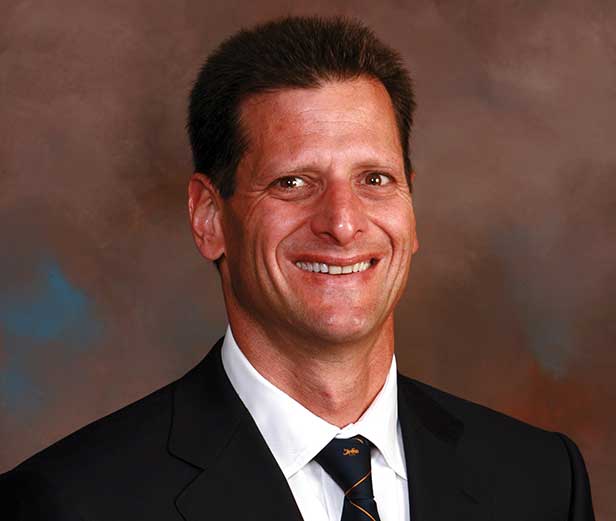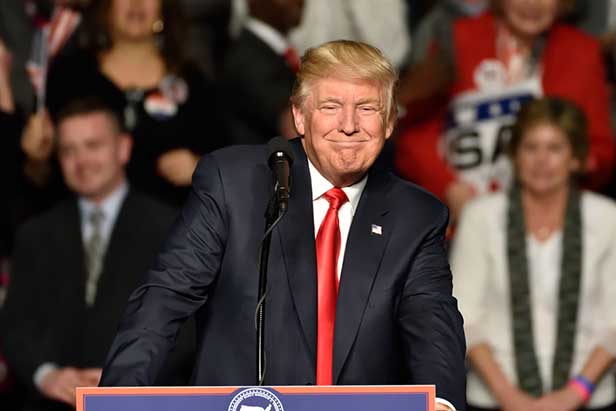News January 16, 2020
U.S., China Sign 'Phase One' Trade Deal
The agreement includes a rate reduction on some import tariffs – a positive development for promo.
On Wednesday at the White House, the U.S. and China signed a “Phase One” trade deal that reduces the rate of American tariffs on $120 billion of Chinese imports from 15% to 7.5%.
Those levies and other tariffs on China-made goods that have been imposed during the nearly two-year long trade war between the U.S. and China have increased prices on a gamut of products sold in the domestic promotional products industry. “The impact of reduced tariffs and the broader deal should be positive both in the lowering of costs for several products, and the likely improvement in buyer attitudes toward the overall marketplace,” Terry McGuire, senior vice president of vendor relations for Top 40 distributor HALO Branded Solutions (asi/356000), told Counselor.
LIVE: POTUS Signs the Phase One Trade Agreement! https://t.co/teqGqjdgeZ
— The White House (@WhiteHouse) January 15, 2020
As McGuire alludes to, the tariff de-escalation was one facet of a bigger agreement between the world’s two largest national economies. The eight-part deal includes commitments from China to purchase, over the next two years, $200 billion in U.S. imports, which will come in the form of manufactured goods, agricultural products, energy solutions and services.
Among other things, the agreement also includes provisions aimed at preventing Chinese companies and the nation’s government from coercing American firms into divulging technology/trade secrets as a condition of doing business in China or receiving regulatory approval.
Still, from a promotional products perspective, some of the most significant positive takeaways from the deal are that a tariff reduction has occurred, no new tariffs or levy rises are planned, and trade relations between the China/U.S. appear to be normalizing, executives say. “The fact is that tariffs are bad for our industry and a reduction in them is good for us,” Craig Nadel, president of Top 40 distributor Jack Nadel International (asi/279600), told Counselor.

Craig Nadel
Furthermore, the decreased tensions could create more market certainty, a good development for promo. End-buyers could feel less impact from, and less worry over, the trade war, thereby making them more willing and able to invest in ad specialties, optimists maintain. “Any injection of optimism to the marketplace has a positive economic impact, and that positivity should be quickly reflected in industry sales,” McGuire told Counselor. Nadel added: “The business world likes stability.”
Additionally, the anticipated rise in exports to China by American companies could create opportunities for promo distributors to sell more branded merchandise to those exporters and other companies that may benefit from those exporters’ success. “The deal is positive for the U.S. economy,” Eddie Blau, CEO of Top 40 supplier Innovation Line (asi/62660), told Counselor. “It gives us more certainty and, for now at least, less friction from the threat of ever-increasing tariffs. Certainly our industry benefits when the overall economy is growing.”.
Despite such positives, the Phase One deal isn’t a slam dunk for promo. Tariffs of 25% on more than $250 billion in Chinese imports remain in place, as do the reduced-rate 7.5% tariffs on $120 billion in China-made goods. Larry Kudlow, economic advisor to the White House, said there is no offer or timetable for further tariff reductions. Plus, provisions in the agreement are subject to enforcement mechanisms that would, effectively, allow for tariffs to be imposed if one side isn’t living up to the terms of the deal – a kind of pendulum that could continue to swing over the heads of promo and other industries impacted by import levies.

Those duties, which some analysts say have unsettled global markets and stunted economic growth worldwide, remain a challenge to the promo products arena. Over the course of the trade war, they have led some suppliers in the North American ad specialty space to scramble to absorb rising costs and to increase prices on levy-affected items, which have ranged from T-shirts and hats, to pens, drinkware and technology accessories.
Even with the tariff reduction on some products and belief that corresponding price lowering will follow, don’t expect those potential price reductions on items that have seen levy-driven increases to occur immediately, executives say. One reason is that suppliers still must sell through inventory brought in under the 15% rate. Meanwhile, products subject to the 25% rate continue to be levied at the same level, meaning the cost pressures on those products are the same as before the Phase One deal was signed. “I believe we’ll see price reductions likely some time in the second quarter, after suppliers have worked down their inventory and after Chinese New Year,” Blau told Counselor. Added McGuire: “We have tracked pre and post tariff costing on most products from our key suppliers. We will be working with them on a timeline to return to pre-tariff costs.”
In the short term, however, promo distributors could still expect to possibly see some price increases as a result of ongoing tariff fallout. “We remain in the unfortunate position of having to make another adjustment to our Q1 2020 prices to offset the residual tariff costs,” David Nicholson, president of Top 40 supplier Polyconcept North America (PCNA; asi/78897), said in a recent note to customers. “This increase will be relatively modest, averaging around 2%. Assuming no change to the current situation, we do expect greater price stability throughout the remainder of 2020.”
Beyond price increases and uncertainty in the broader economy, the U.S./China trade conflict has caused issues for promo that include destabilized annual pricing and challenges in producing catalogs. It’s also accelerated efforts to move production to countries outside China. The majority of promo products sold in the U.S. continue to be made in China.
The Phase One Deal is part of what U.S. negotiators have said will be a comprehensive new trade agreement with China. Phase Two negotiations are not expected to conclude until after the November 2020 presidential election, according to The Wall Street Journal. Those negotiations figure to center on difficult, controversial issues that include Beijing’s government-backed subsidies to Chinese companies.
